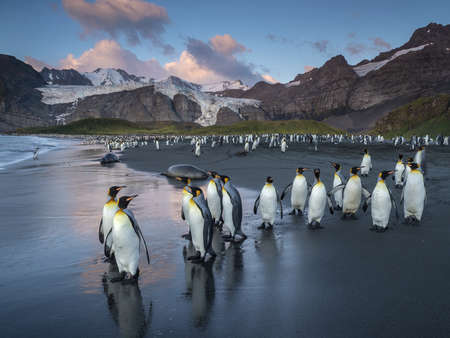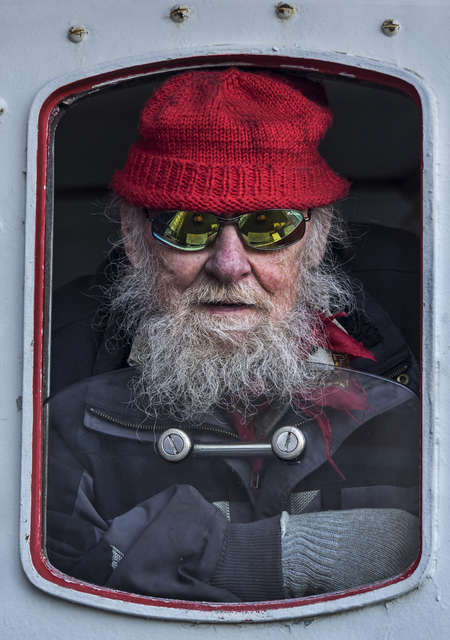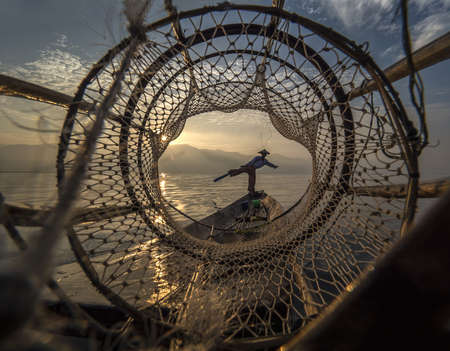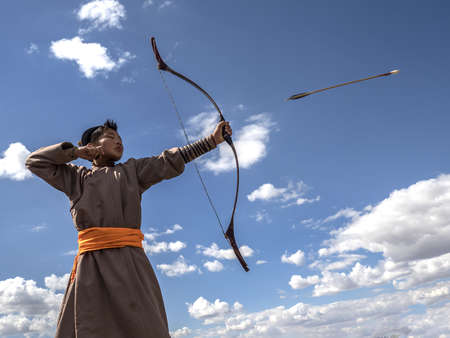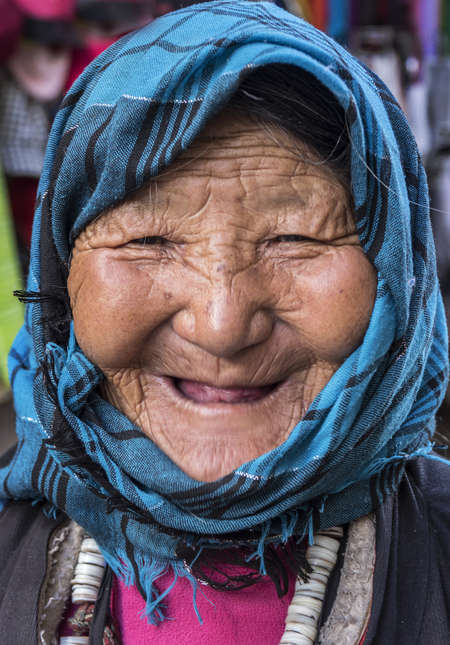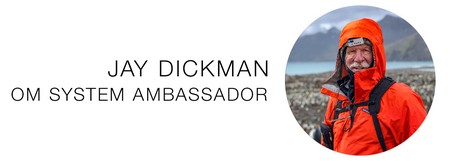We travel to experience other cultures, other places, places we’ve perhaps only read about. Or, we return to a place time and again.
And, we go back to an album, our photo app on our phone, our box of photos, to view those memories and recall and often celebrate that memory of place. We document our travel through photos. The camera is a hugely powerful tool, it’s the conduit to record that memory of place.
In workshops I teach, I constantly present the idea of using visual narrative to empower your image making. I believe when using two or more images you enter that world of narrative, where the photo carries a story, has interest, and can engage the viewer. This is very important for the travel photographer, as you seek to go beyond the snapshot.
When we work in narrative form, these five components give you a structure in which to build your story.
ESTABLISH A SENSE OF PLACE
This is critical as it introduces your audience to why this place is deserving of their attention. A good sense of place picture is usually a broad shot, taking in the environment but doing so in an engaging way. One can start their narrative with that sense of place picture.
INTRODUCE YOUR CAST OF CHARACTERS
We love seeing people, it’s how we share who we are, photographically. Considered by many as an “international language,” a powerful portrait, environmental or more standard, tells a powerful story without words.
DETAIL
Through close-up imagery, macro work, detail offers a look into a subject and a way of seeing that your audience may not have considered. That huge and expansive photo of landscape is made up of the minutiae of detail, and by photographing that close world, you “force” your audience into seeing in a way they may not have considered before.
MOMENT
This is the peak of the narrative, it can be the wide-receiver in a football game, grabbing the ball out of the air, or it can be the quiet moment of two people conversing, the toss of a hand in the air being a moment. Moment brings power to your narrative, and it can also be considered as your opening photo. Actually, any of the first 4 components can be used as an opener, and those various components can be intermingled throughout your narrative. There is only one that demands its place:
CLOSE YOUR STORY
This, out of the 5 total components, is the only one that has to be in its correct place. This image “wraps-up” your narrative. Often simple in structure (so you don’t generate an entirely new narrative) this photo finalizes the story. An obvious style of photo is late day, when everything grows quiet. Late day also imparts a feeling of wrapping up the day.
Web: jaydickman.net
Blog: firstlightworkshop.com/wheres-jay/
Twitter: @jaydickman
As a Pulitzer Prize-winning photojournalist and National Geographic photographer, Jay Dickman is one of the most traveled, experienced and celebrated photographers in the program.
